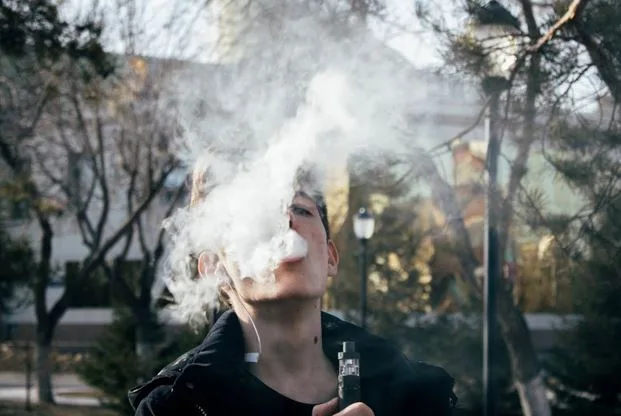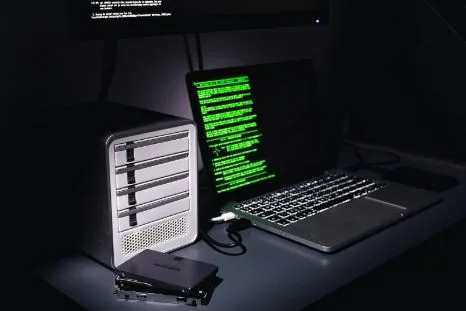Inside the Bottle: How Liquor Gets from Distillery to Shelf
When you walk into a liquor store or order a cocktail at a bar, it’s easy to take for granted the neatly stocked shelves and wide variety of spirits. But behind each bottle lies a carefully regulated and complex system designed to ensure compliance, safety, and efficiency. The process of getting liquor from the distillery to the consumer is a journey that involves multiple layers, licenses, and partners.
Step 1: The Distillation Process
It all begins at the distillery, where producers craft everything from vodka and whiskey to gin and tequila. These facilities are responsible for sourcing ingredients, fermenting them, and using distillation techniques to create the final product. Once the liquor is produced, it’s stored in barrels or bottled, depending on aging requirements and the type of spirit. However, once the alcohol leaves the distillery, the real logistics journey begins.
Step 2: The Three-Tier System
In the United States, alcohol distribution is governed by the three-tier system, a post-Prohibition structure designed to prevent monopolies and promote accountability. The three tiers are:
- Producers – Distilleries and manufacturers who create the liquor.
- Distributors – Licensed intermediaries who purchase products from producers and sell them to retailers.
- Retailers – Stores, bars, and restaurants that sell directly to consumers.
This system helps enforce state regulations and ensures that taxes are properly collected at every level. Producers cannot sell directly to retailers or the public in most states, making distributors an essential link in the supply chain.
Step 3: Partnering with a Distributor
For small distilleries or new entrants in the market, navigating the distribution process can be daunting. Distributors typically handle logistics, warehousing, compliance with state laws, and transportation. Their relationships with retail outlets allow liquor brands to get shelf space and reach consumers on a wider scale.
However, securing a partnership with a distributor isn’t always easy. Distributors often prioritize well-known brands or products with proven sales potential. This is where understanding how to get help with liquor distribution becomes crucial. Legal consultants, distribution agencies, and even trade associations offer services that can assist with licensing, pitching to distributors, and meeting state-specific requirements.
Step 4: Compliance and Labeling
Before a bottle hits the shelf, it must comply with both federal and state regulations. This includes health warnings, barcodes, and labels that are up to par with rules set by the Alcohol and Tobacco Tax and Trade Bureau (TTB). Each state may have additional requirements, especially for spirits being imported or transported across state lines.
Distributors help ensure that the products they move adhere to these rules, minimizing the risk of fines or product recalls. They also manage tax reporting and ensure that excise taxes are paid before products reach retail shelves.
Step 5: Retail and Marketing
Once liquor is in the hands of retailers, the focus shifts to consumer-facing strategies. Retailers display products based on demand, promotions, or agreements with distributors. Brands often provide marketing support to boost visibility, from in-store tastings to branded merchandise and promotional pricing.
Bars and restaurants may also feature certain liquors based on distribution agreements or exclusive deals. Visibility in these venues often helps new brands build recognition, especially when paired with a compelling story or unique flavor profile.
Conclusion
The journey of a liquor bottle from distillery to shelf is shaped by tradition, regulation, and strategy. For producers, understanding the intricacies of this system is essential to success. Whether you’re an established distillery or a new brand, knowing how to get help with liquor distribution can streamline the process, ensure compliance, and maximize your product’s market reach. The bottle may look simple, but its path to the consumer is anything but.


